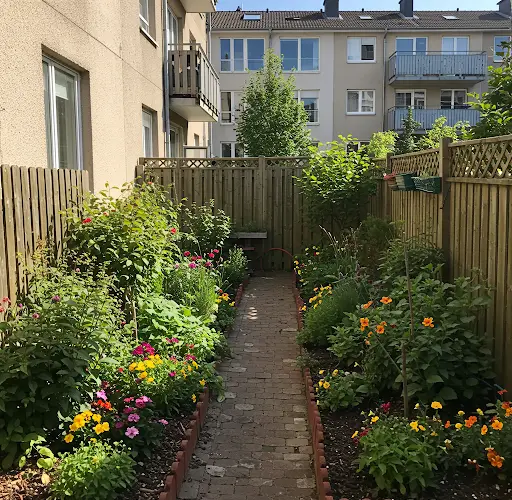Creating a Mini Garden at Home: A Simple and Practical Guide
Growing fresh vegetables and herbs at home is a fantastic way to ensure access to healthy, organic produce while also enhancing your living space. A mini garden is an excellent option for those with limited space, and it can be set up using simple materials. Here’s a step-by-step guide to starting your own mini garden at home.
Choosing the Right Containers
The first step in setting up a mini garden is selecting suitable containers. You can use small pots, planters, or even repurposed items like egg cartons or plastic bottles. A container garden allows you to grow a variety of plants in a small area, making it perfect for balconies, patios, or kitchen windowsills.
Planting Seeds and Seedlings
Once you have your containers ready, it’s time to plant your seeds or seedlings. Some excellent choices for a mini garden include:
- Lettuce: Grows quickly and can be harvested multiple times.
- Parsley: A versatile herb that enhances many dishes.
- Bell Peppers: Available in red, green, and yellow varieties, they add color and flavor to meals.
For each seed type, make small holes in the soil about half an inch deep. Place two to three seeds in each hole to ensure germination. Cover the seeds lightly with soil and gently pat it down.
Soil Preparation
Good soil is crucial for plant growth. Use well-draining, nutrient-rich soil that retains moisture without becoming compacted. A mix of garden soil with compost or organic fertilizer will provide essential nutrients for healthy plant development.
Watering and Maintenance
Proper watering is essential for seed germination and plant growth. Keep the soil moist but avoid overwatering, as excess water can lead to root rot. A spray bottle or watering can with a gentle spout works well for delicate seedlings.
For best results:
- Water early in the morning or late in the afternoon.
- Monitor the moisture level regularly.
- Ensure containers have drainage holes to prevent waterlogging.
Germination and Growth
Within a week to ten days, you should start seeing sprouts. As the plants grow, thin them out if necessary, leaving the strongest seedlings to thrive. If you are growing lettuce or herbs, you can start harvesting leaves as soon as they reach a reasonable size.
Harvesting Seeds for Future Planting
If you want to continue your garden without purchasing new seeds, you can collect seeds from mature plants. For example:
- Lettuce: Once it flowers, the seeds can be harvested and stored.
- Parsley: Produces tiny seeds that can be collected when the plant dries out.
- Bell Peppers: Simply remove the seeds from the inside of a ripe pepper and allow them to dry before planting.
Benefits of a Mini Garden
- Fresh, organic produce at home: Avoid pesticides and chemicals by growing your own food.
- Cost-effective: Save money by using seeds from store-bought produce.
- Eco-friendly: Reduce waste by reusing containers and composting organic matter.
- Therapeutic and rewarding: Gardening is a relaxing activity that improves mental well-being.
By following these simple steps, you can enjoy a thriving mini garden in your home, ensuring fresh, nutritious produce all year round. Happy gardening!



